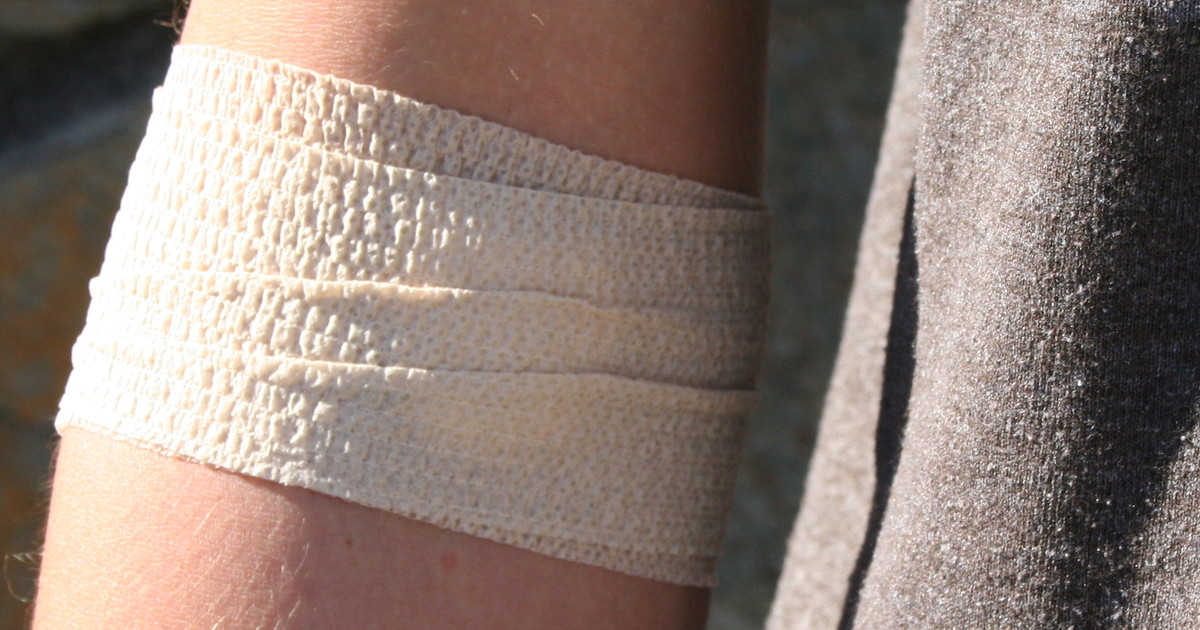Overview Of Clindamycin
Clindamycin appears to be a common antibiotic that was first created in 1966. Patients may be able to pick their form, as it comes in pills, liquid, and as an injection. If patients take this antibiotic by mouth, they can likely expect to receive a dose every six hours. This dose may span between 150 to 300 milligrams. However, this may change. A severe infection may need doses 300 to 450 milligrams instead. Injections also vary. The daily dose of an injection may be between 600 to 1,200 milligrams. This may, however, be divided into two to four doses.
Clindamycin may be a significant part of treating severe infections. This can include blood, lung, and skin infections. Patients who are allergic to penicillin medicine may be able to take this antibiotic instead. In some cases, patients may take topical clindamycin for acne. Pills for acne are also possible, though they may not be as effective. However, patients should want to have their doctor inform them about this medication.
How It Works
Clindamycin is supposed to work by slowing down the growth of bacteria in an individual's body. If possible, it should prevent this growth. However, this may not always be the case. It seems to be a semisynthetic antibiotic. This is because it is made from lincomycin, which is natural. Clindamycin should block the synthesis of bacterial protein. It may also block ribosome translocation. This antibiotic is intended to bind to certain sites, specifically 50S rRNA. However, this may be reversible. It may also overlap with several other medications, including macrolide antibiotics. Individuals who may take this antibiotic should know that it appears to be water-soluble. This means that it should dissolve in water.
Learn about what this antibiotic may be used for next.
Uses For Clindamycin
There appears to be many uses for clindamycin. Patients with certain skin infections may need to take it. Possible examples include cellulitis and infected animal bites. Some women with bacterial vaginosis may benefit from this antibiotic as well. Patients who have had certain types of heart surgery may need to take this antibiotic before other operations. This is because they may be at a higher risk of infection.
If individuals with pneumonia have not seen results with other medications, they may benefit from this one. Some claim that it may help treat malaria as well. Sometimes, patients with acne can benefit from topical forms of this antibiotic as well. Another potential use for it is as part of gum disease treatment.
Get details on possible side effects next.

